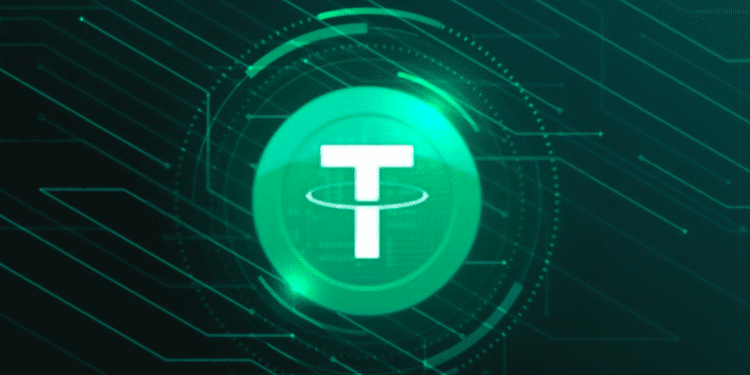A New York court ordered Tether to prepare financial statements showing its support for USDT. Tether agreed to give all records relating to the transfer of the company’s cryptocurrency. This includes transactions and documents. The documents include ledgers, balance sheets, income statements, cash flow statements, and income statements.
Initially, Tether declined the order, with the issuer of the stablecoin calling the order excessive and cumbersome. Judge Katherine Polk Faira had to clarify the order to clear any speculations. According to her, the plaintiff had already explained why the information was needed. Below are the judge’s comments:
“The documents sought in the transactions RFPs appear to go to one of the Plaintiffs’ core allegations: that the … Defendants engaged in crypto commodities transactions using unbacked USDT, and that those transactions “were strategically timed to inflate the market.”
The order contains lawsuits accusing Tether and Bitfinex of manipulating the cryptocurrency market and harming traders. The plaintiffs allege that Tether lied about its support for USDT. The stablecoin was used to buy Bitcoin (BTC). This inflates the crypto market and causes its eventual crash. Tether has generated more than $1 trillion in damages to the cryptocurrency market. Tether did not respond to a request for comment at press time.
According to the law, the Southern District of New York will compel the defendant to produce all request documents filed by the plaintiff in case of a court case. This includes:
- RFP 29: All “General Ledger, Balance Sheet, Income Statement, Cash Flow Statement, Income Statement.”
- RFP 31: “Documentation Sufficient to Establish USDT Reserves,” Including Bank Statements “From Banks or Other Institutions” Relating to Defendant Funds or Reserves
RFP 22-25, 72: Records of all stablecoin or other cryptographic transactions by defendants, including defendants’ addresses, wallets, accounts, and their respective purchases.
How Tether ($USDT) Works
Tether tokenizes the corresponding digital amount deposited. You can send, store, or exchange your USDT. When a user deposits $100 into the Tether Reserve, he will receive 100 tokens according to 1:1 dollar parity. Tether coins are destroyed when users redeem their tokens for fiat currency.
Tether travels through the blockchain. Tether tokens are available on various blockchains. Examples include the original Bitcoin platform Omni, Liquid, Ethereum (ETH), and Tron (TRX).
The Ban on Algorithmic Stablecoins
Bloomberg reports that U.S. lawmakers are working on a comprehensive stablecoin regulation bill. The bill will have far-reaching implications for how the industry operates. A congressional bill will ban stablecoins with algorithms similar to TerraUSD for the next two years.
The bill will allow banks and non-banks to issue stablecoins under established procedures. If the company goes bankrupt, the assets can no longer be mixed with customer funds. The bill directs the Federal Reserve to investigate the impact of the digital dollar project on the economy. Terra’s implosion raises calls for regulation of the nascent industry.
Backing Tether ($USDT)
Stablecoins are a popular choice among cryptocurrency traders. Tether has some concerns about liquidity issues. This monitors whether reserves sufficiently cover the number of USDT tokens in circulation. Tether’s site claims that a reserve of conventional currencies backed the stablecoin. This is more detailed than what is quoted today. Today, Tether’s website states:
“It has a very dubious legal history, and to this day, its actual reserves remain very opaque and are believed to consist essentially of unknown commercial papers.”
Other crypto experts say there is some acceptance that Tether is not fully collateralized in the crypto market.














